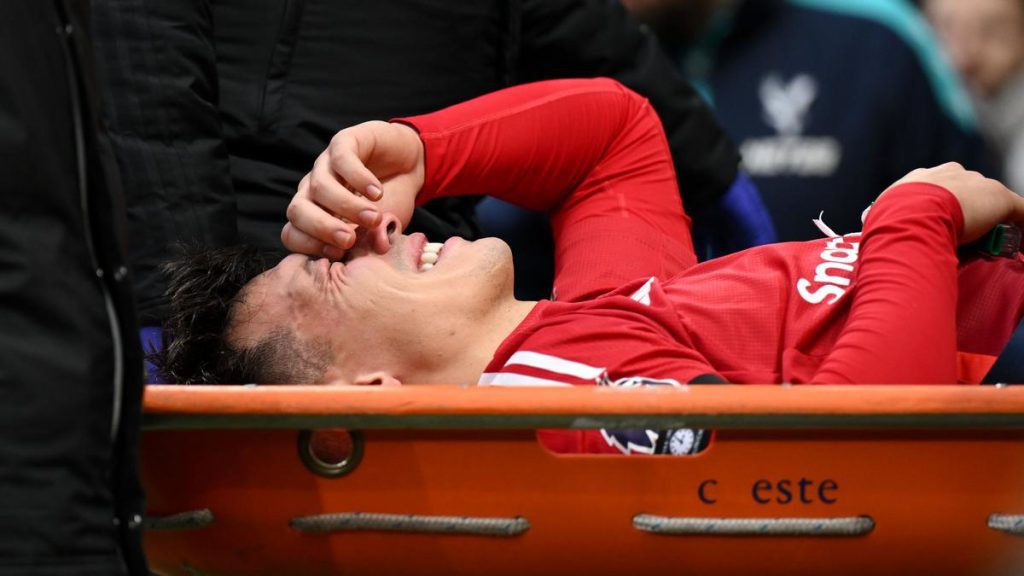Periodic screening required to avert sudden cardiac deaths in athletes Premium


Periodic screening required to avert sudden cardiac deaths in athletes Premium
Exercise is a vital tool for promoting health and well-being. It improves cardiovascular risk factors like lipid levels, hypertension, insulin sensitivity, and weight. Multiple studies have established a positive correlation between moderate aerobic exercise and reduced risk of coronary artery disease. However, instances of sudden cardiac death (SCD) in athletes, while rare, remain a significant concern that requires careful attention and preventive measures.
SCD is defined as a sudden, unexpected death due to cardiac causes or sudden death in a structurally normal heart with no other explanation and a history consistent with cardiac-related death. The most common cause of SCD is sudden cardiac arrest (SCA), characterised by an unexpected circulatory arrest typically due to cardiac arrhythmia, occurring within an hour of symptom onset. SCA may be reversible with prompt medical intervention, particularly defibrillation.
SCD in athletes draws unwanted media attention and emotionally affects the athlete and the family.
What happens during exercise? During vigorous physical activity, there is a substantial increase in sympathetic nervous system activity. In predisposed individuals, this surge can trigger arrhythmias and potentially lead to sudden cardiac arrest. Understanding this mechanism is crucial for prevention and risk assessment.
The risk factors for SCA and SCD include coronary artery disease, a genetic predisposition, hypertrophic cardiomyopathy, and arrhythmias; pre-existing heart conditions, weight issues, high-intensity exercise without proper training, a history of smoking (current or past), and increased ambient temperature.
According to International Olympic Committee recommendations, pre-participation screening and periodic health evaluation are the only ways to reduce the incidence of cardiovascular accidents and other injuries in athletes.
Elite athletes and people in competitive sports who perform at the highest level are not exempt from cardiovascular incidents on the field. Although the incidence is low, hereditary and congenital abnormalities of the heart are the leading cause of non-accidental deaths in young athletes.
The World Athletics Health and Science Department, based on IOC guidelines, recommends a pre-participation medical evaluation (PPME) at the start of the season for athletes in competitive sports. This includes personal history, family history, physical examination, and 12 lead rest ECG. Those with a positive history or findings will be further evaluated with an echo cardiogram, ambulatory ECG, stress testing, or cardiac MRI, as the case may be.
A study conducted on the benefits of PPME demonstrated a drop in the incidence of SCD by 90% in young athletes from 3.6/100,000 person-years to 0.4/100,000 person-years. They also found that most of the deaths in athletes under 35 years are due to congenital or acquired cardiac malformations. In the middle-aged population it is due to undiagnosed coronary artery disease.
This kind of screening may not be possible in mass endurance events where the majority of participants are recreational athletes. As event organisers, the registration form for such events could carry specific questions that could identify at-risk individuals. Such individuals could be asked to get a thorough assessment to be done by their physician before the event. Medical bibs could be distributed to help identify athletes at risk.
Despite screening, sudden cardiac arrest may be challenging to predict. But evidence points to excellent survival rates after arrest in this group when appropriate resuscitation is started promptly. For every minute delay, there is a 7% decreased chance of survival. Adequately trained personnel in CPR and access to AEDs along the route and at sports venues are crucial in reducing the incidence of sudden cardiac death. It is essential for race organisers to have a medical team and plan in place for events with mass participation. The goal isn’t just to identify risk — it’s to create pathways for safe participation whenever possible.
The onus just doesn’t lie on the organisers. As athletes, competitive or recreational, it is important to have periodic health evaluations. A metabolic panel with a 12-lead ECG is sufficient as step 1. The ECG needs to be read by a trained physician who is aware of the physiological and structural adaptations in the heart of an athlete. There is no benefit in doing an echocardiogram or cardiac MRI as a primary prevention tool. Athletes should also be honest in providing correct medical information.
Although SCD is rare, it is a traumatic event that has a significant impact on society. Exercise is health-promoting and the benefits for physical and mental well-being far outweigh the risks. The risk of sudden cardiac death is higher in those with pre-existing conditions, and hence it is important that exercise be carried out under supervision or with the help of a trained coach. While sudden cardiac events in sports are concerning, they shouldn’t prevent us from embracing the profound benefits of physical activity.
Through thoughtful preparation, supportive communities, and responsive care systems, we can create environments where everyone can pursue their athletic aspirations safely. By combining evidence-based preventive measures and responsible training with compassionate support systems, we can help ensure that sports remain a source of health, joy, and community for all participants.
(Dr. Lakshmi Sundar is president of the Indian Society of Lifestyle, a board certified LM Physician and has been certified in race emergency medicine by the World Endurance Medicine Academy. sundarlakshmi@hotmail.com)










